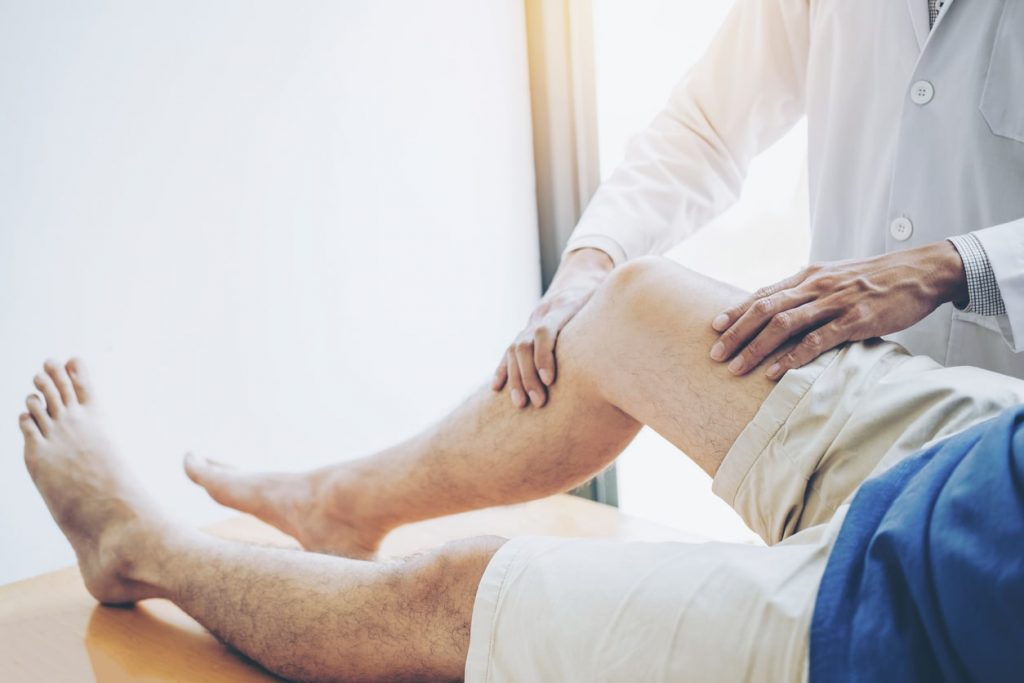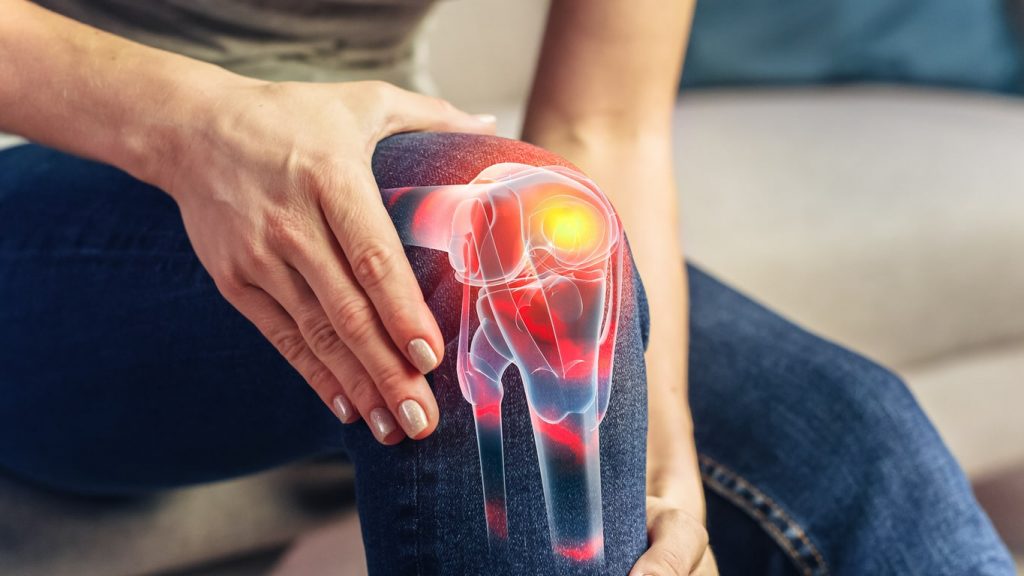Tendonitis and tendinopathy can significantly affect your quality of life. These issues are often associated with pain, discomfort, and limited mobility, impacting your daily activities and overall well-being.
What Is Tendonitis and Tendinopathy?
Tendonitis, also known as tendinitis, is the inflammation of a tendon. Tendons are the fibrous tissues that connect your muscles to your bones, and when they become inflamed, it can cause pain and swelling. This condition often results from overuse or injury.
Tendinopathy is a broader term that encompasses various tendon issues. It includes tendonitis (inflammation) and tendinosis (tendon degeneration without significant inflammation). Tendinopathy is often caused by chronic overuse or repetitive stress on the tendon.
Understanding the Causes of Tendonitis and Tendinopathy
Tendonitis and tendinopathy are multifaceted conditions with a range of contributing factors. By understanding these factors, you can take proactive steps to reduce your risk and better manage these conditions if they arise.
- Repetitive Motion and Overuse:
- Repetitive Movements: The human body is designed for a diverse range of activities, but performing the same motion repeatedly can place excessive stress on tendons. Jobs that involve constant typing, assembly line work, or sports that require repetitive motions (such as tennis or golf) can strain tendons over time. The recurring force or tension on tendons makes them vulnerable to microtears and inflammation.
- Overuse: Engaging in intense or prolonged physical activities without enough rest and recovery can lead to overuse injuries. Runners, for example, are prone to Achilles tendonitis due to the continuous stress placed on the Achilles tendon.
- Age-Related Changes:
- Natural Aging Process: As we age, our tendons undergo physiological changes. Tendons naturally lose some of their elasticity and become less adaptable, making them more susceptible to injury. This age-related decline in tendon flexibility can make tendons less capable of withstanding the stresses they once could.
- Poor Technique and Biomechanical Factors:
- Improper Technique: How you perform physical activities can significantly impact your tendons. Using incorrect techniques during exercise, sports, or everyday tasks can increase the risk of tendonitis or tendinopathy. Poor form or posture can place undue strain on tendons, leading to overuse and injury. For example, lifting weights with incorrect posture can stress the tendons in the shoulder and elbow.
- Biomechanical Factors: Each person’s body has unique biomechanics. Certain factors, such as limb length discrepancies or uneven gait, can influence how forces are distributed across tendons. These biomechanical anomalies can contribute to irregular stress on tendons, potentially leading to tendinopathy.
- Existing Health Conditions:
- Rheumatoid Arthritis: Inflammatory conditions like rheumatoid arthritis can affect tendons, making them more susceptible to inflammation and damage. In rheumatoid arthritis, the immune system’s attacks on the body’s own tissues can extend to the tendons, leading to conditions like tenosynovitis, where the protective sheath around a tendon becomes inflamed.
- Diabetes: Diabetes can disrupt blood circulation, affecting the tendons’ ability to receive essential nutrients and repair efficiently. This impaired healing response can make individuals with diabetes more prone to developing tendon problems.
Signs and Symptoms
Tendonitis and tendinopathy can develop in various ways, including:
- Pain: Pain is often the most common symptom of both tendonitis and tendinopathy. It’s your body signaling that something is wrong with your tendons. This pain can be felt in various ways:
- Dull Ache: The pain is often described as a persistent, dull ache. It may be localized to the affected tendon or radiate to surrounding areas. Discomfort is often present during both rest and movement.
- Sharp, Stabbing Sensation: The pain is sharper and more intense. This sharp, stabbing sensation often occurs during specific movements or activities that stress the tendon.
- Worsening Pain: The intensity of the pain can vary from mild to severe. It may initially start as a mild discomfort but progressively worsen if the condition isn’t addressed. This escalation is a clear sign that the tendon is under ongoing stress.
- Stiffness: Tendon issues can lead to a noticeable reduction in the range of motion of the affected joint. This stiffness often occurs due to the inflammation and swelling around the tendon. As the inflammation subsides, it may be replaced by a sensation of tightness or stiffness, making it challenging to move the joint. For example, if you have Achilles tendonitis, you may find it difficult to bend your ankle or flex your foot.
- Swelling: Inflammation of the tendon is a common response to injury and the primary driver behind the swelling symptom. When the tendon becomes inflamed, it may accumulate fluids and inflammatory cells in the affected area. This results in noticeable swelling and warmth at the site. Swelling can be visible and tangible, often accompanied by tenderness.
- Weakness: Tendon issues can result in the weakening of the affected tendon and the associated muscle groups. As tendons lose their integrity and ability to transmit force effectively, it can lead to a loss of strength in the affected area. This weakness can be especially problematic if it impacts a joint essential for daily activities or sports performance.
- Crepitus: Crepitus is a less common but distinct symptom. Some individuals with tendon issues may notice a cracking or popping sound when they move the affected joint. This sound is often due to irregularities or friction in the tendon or the surrounding structures.
Diagnosis and Treatment
When dealing with tendonitis or tendinopathy, accurate diagnosis is essential to determine the most suitable treatment. Dr. Howard may use various diagnostic methods, including:
- Clinical Evaluation: A thorough assessment of your symptoms and medical history.
- Imaging: X-rays, ultrasound, or MRI scans may be used to visualize the affected area.
- Biopsy: A tissue sample may be taken to help diagnose tendinopathy.
Treatment Options for Tendonitis and Tendinopathy
Managing and treating tendonitis and tendinopathy often involves a combination of strategies:
- Rest: Giving the affected tendon time to heal by avoiding activities that aggravate the condition.
- Physical Therapy: Working with Dr. Howard, physical therapists can develop exercise programs to strengthen the affected area, improve the range of motion, and reduce pain.
- Medications: Non-steroidal anti-inflammatory drugs (NSAIDs) may be prescribed to reduce pain and inflammation. The most common non-prescription NSAIDs include aspirin, ibuprofen (Motrin, Advil), and naproxen sodium (Aleve).
- Orthotics: Shoe inserts or braces can help relieve stress on the tendon and promote healing.
- Injections: Corticosteroid injections can reduce inflammation and pain in the short term.
- Extracorporeal Shock Wave Therapy (ESWT): This non-invasive treatment uses shock waves to stimulate healing in the affected tendon.
Preventing Tendonitis and Tendinopathy
Prevention is often the best course of action when it comes to tendonitis and tendinopathy. Here are some steps you can take to minimize your risk:
- Warm Up: Always warm up before engaging in physical activities or exercise to prepare your muscles and tendons.
- Proper Technique: Use appropriate techniques and form during physical activities to minimize stress on your tendons.
- Gradual Progression: When starting a new exercise routine, gradually increase the intensity and duration to allow your tendons to adapt.
- Ergonomics: Maintain proper ergonomics at work and home to reduce the risk of repetitive stress injuries.
Balanced Nutrition: Staying hydrated and having a nutrient-rich diet can support tendon health.
Contact Us
If you’re experiencing pain, stiffness, or other symptoms related to these conditions, contact Dr. Peter Howard for proper diagnosis and guidance on the most appropriate treatment. Schedule your appointment today!

